While the response in terms of grass growth to fertiliser is lowest in early spring, the grass that is grown is of the highest value.
Firstly, it displaces other feeds from the diet, such as meal and silage. Secondly, it improves animal performance greatly – it’s the best feed for freshly calved cows.
The best farmers will grow almost 1.5t DM/ha of grass between now and 1 April. They achieve this through a combination of good soil fertility and grass varieties. These are the bedrock on which everything else is built.
Feed the soil
Next, they will feed the soil with nutrients in late January or early February, weather permitting. Fields that get slurry in early spring will not get nutrients again until early March.
Bear in mind that 2,500 gallons/acre of slurry is equivalent to 23 units/acre of urea. Spreading this amount of nitrogen in early spring, either in slurry or chemical nitrogen form, is more than sufficient to grow grass during the month of February.
If you don’t know how much grass is on your farm now, how can you budget for the spring
There’s a lot of talk about improving nutrient use efficiency and of course it is all very important and deserves consideration at all times, but spreading small quantities, like that prescribed above, in good conditions, where there will be uptake is good farming practice and is not harmful to the environment.

Measure grass now and do up a grass budget
Measuring grass is the next step. If you don’t know how much grass is on your farm now, how can you budget for the spring?
Do a grass measure now and fill in either a grass budget or a spring rotation planner.
The budget looks at grass growth, herd demand and average farm cover over the spring period. The spring rotation planner deals with daily area allocations on certain dates.
Personally, I prefer the spring budget as it flags issues with growth rates or average farm cover whereas the spring rotation planner is more basic.
Grassland management courses
The Irish Farmers Journal is running courses on grassland management in locations across the country. Stephen Connolly is the co-ordinator and he is available on 087-669 6490.
The Irish Farmers Journal has teamed up with Kerry Agribusiness, Centenary Thurles and Arrabawn Co-Op and is arranging specific grassland management courses for dairy farmers in their catchment area.
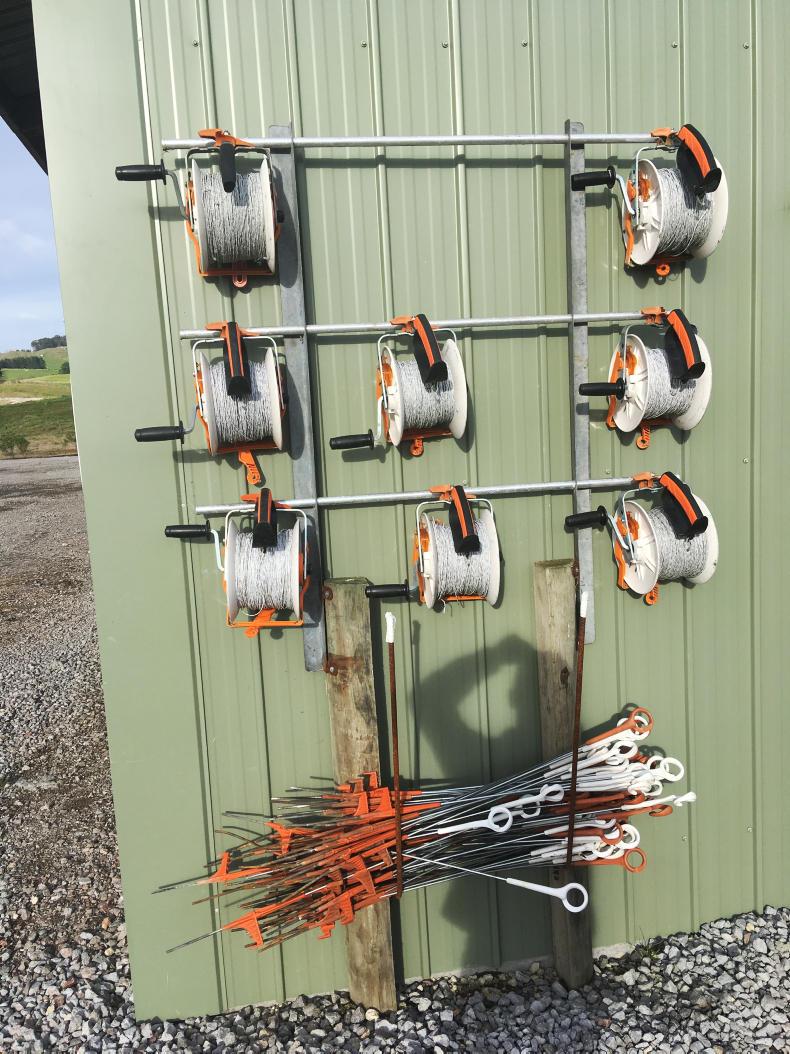
Are pigtails and reels ready?
While the main grazing season is at least 10 days away, now is the time to be getting prepared. Have fences been mended? Are all your reels and pigtails ready? Is the electric fencer working? Take the time now to get every prepared for a happy, successful and safe grazing season.
Read more
Preparing for a lean spring
Dairy management: calves, commodity prices and hedging
While the response in terms of grass growth to fertiliser is lowest in early spring, the grass that is grown is of the highest value.
Firstly, it displaces other feeds from the diet, such as meal and silage. Secondly, it improves animal performance greatly – it’s the best feed for freshly calved cows.
The best farmers will grow almost 1.5t DM/ha of grass between now and 1 April. They achieve this through a combination of good soil fertility and grass varieties. These are the bedrock on which everything else is built.
Feed the soil
Next, they will feed the soil with nutrients in late January or early February, weather permitting. Fields that get slurry in early spring will not get nutrients again until early March.
Bear in mind that 2,500 gallons/acre of slurry is equivalent to 23 units/acre of urea. Spreading this amount of nitrogen in early spring, either in slurry or chemical nitrogen form, is more than sufficient to grow grass during the month of February.
If you don’t know how much grass is on your farm now, how can you budget for the spring
There’s a lot of talk about improving nutrient use efficiency and of course it is all very important and deserves consideration at all times, but spreading small quantities, like that prescribed above, in good conditions, where there will be uptake is good farming practice and is not harmful to the environment.

Measure grass now and do up a grass budget
Measuring grass is the next step. If you don’t know how much grass is on your farm now, how can you budget for the spring?
Do a grass measure now and fill in either a grass budget or a spring rotation planner.
The budget looks at grass growth, herd demand and average farm cover over the spring period. The spring rotation planner deals with daily area allocations on certain dates.
Personally, I prefer the spring budget as it flags issues with growth rates or average farm cover whereas the spring rotation planner is more basic.
Grassland management courses
The Irish Farmers Journal is running courses on grassland management in locations across the country. Stephen Connolly is the co-ordinator and he is available on 087-669 6490.
The Irish Farmers Journal has teamed up with Kerry Agribusiness, Centenary Thurles and Arrabawn Co-Op and is arranging specific grassland management courses for dairy farmers in their catchment area.

Are pigtails and reels ready?
While the main grazing season is at least 10 days away, now is the time to be getting prepared. Have fences been mended? Are all your reels and pigtails ready? Is the electric fencer working? Take the time now to get every prepared for a happy, successful and safe grazing season.
Read more
Preparing for a lean spring
Dairy management: calves, commodity prices and hedging






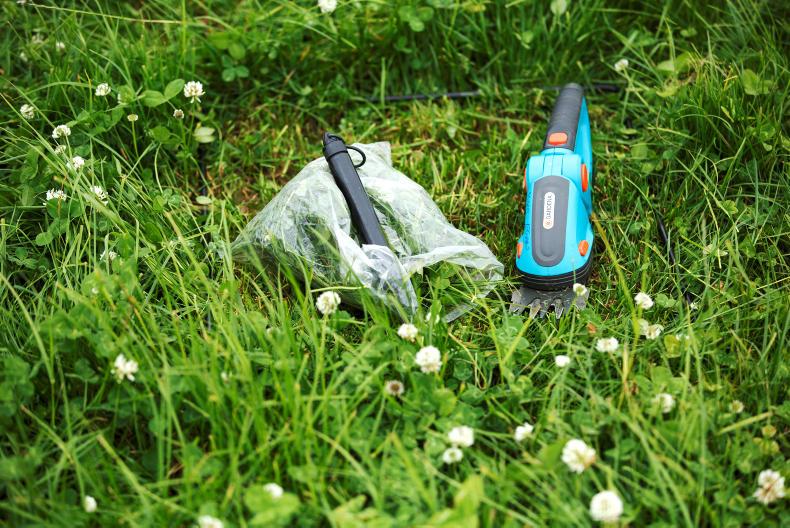
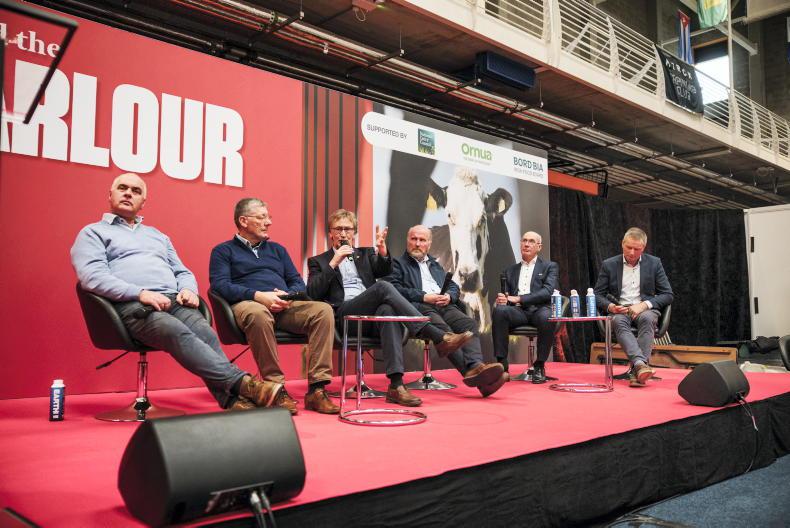


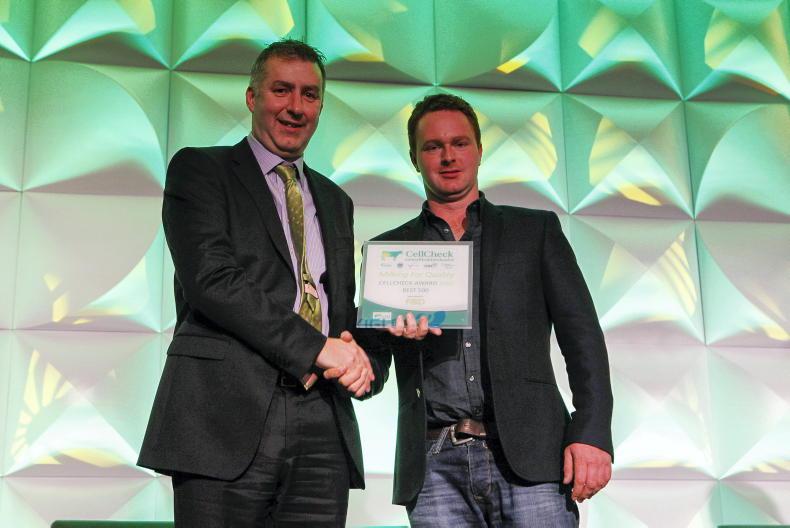
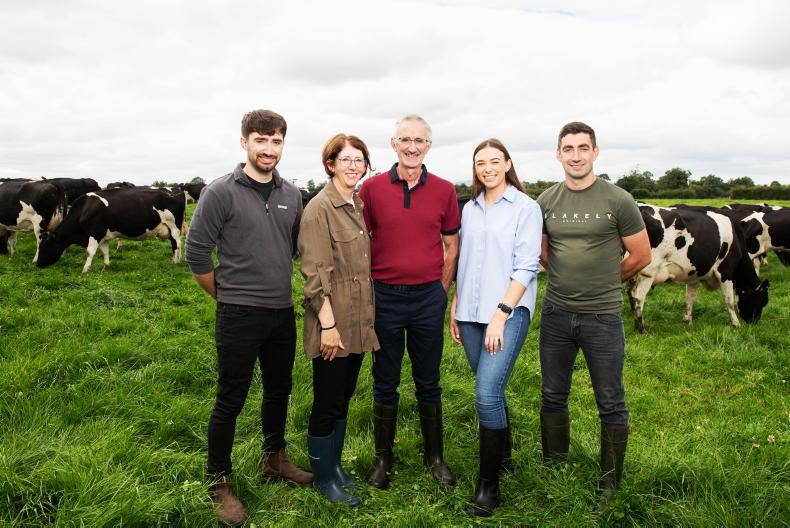
SHARING OPTIONS